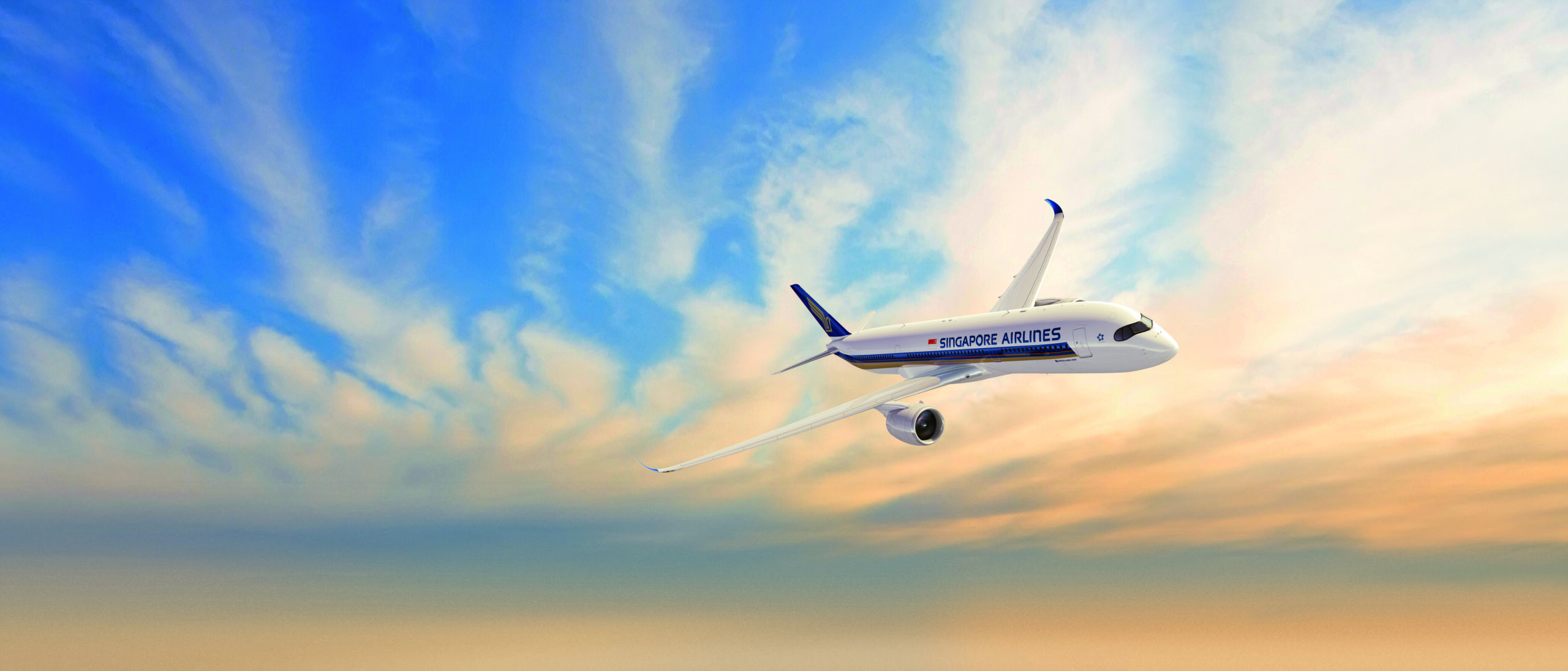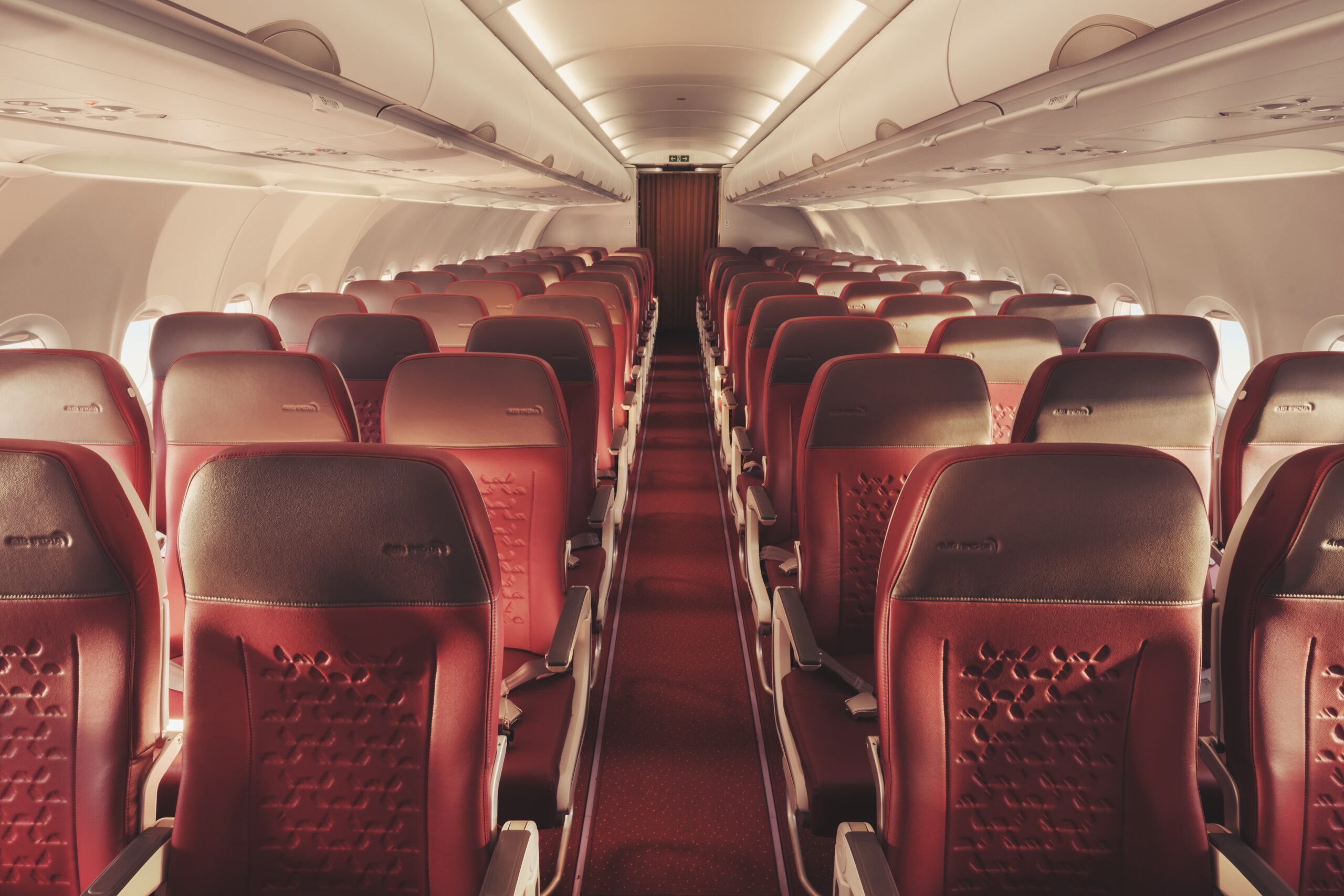In a significant move to establish itself as a major player in the rapidly growing Indian aviation market, low-cost carrier Akasa Air, supported by Rakesh Jhunjhunwala, has placed a substantial order for 150 Boeing 737 MAX aircraft. The announcement was a highlight at the “Wings India” air show in Hyderabad, attended by key industry stakeholders, airlines, and government representatives.
This strategic order is a key component of Akasa’s expansion plans, encompassing both domestic and international routes. The newly ordered Boeing aircraft, designed for narrow-body operations, are intended to facilitate travel to neighbouring foreign destinations, including Southeast Asia and the Middle East from India.
Despite recent challenges faced by Boeing’s MAX jetliner program, notably a mid-air cabin panel incident, this order stands out as a significant development. It’s worth noting that the order excludes the Max 9 variant involved in the reported incident, according to Bloomberg.
Akasa Air, which currently operates with a fleet of 76 aircraft, outlined that the ordered 737 MAX 10 and 737 MAX 8-200 jets will contribute to a steady aircraft delivery stream through 2032. This move solidifies the airline’s ambitious plans for both domestic and international growth.
With this substantial order, Akasa’s overall aircraft order book now stands at an impressive 226, underscoring its commitment to comprehensive expansion strategies.
Founded in 2022, Akasa Air has swiftly captured a four per cent market share since its inception. In comparison, the dominant player IndiGo holds a substantial 60 per cent market share, while airlines under the Tata Group collectively command a 26 per cent market share.
Led by former Jet Airways CEO Vinay Dube, Akasa Air aims to capitalise on the increasing demand for air travel in India, positioning itself as a key player in the competitive low-cost aviation segment. Presently serving 18 cities across India, including the busy Mumbai-New Delhi route, the airline has aspirations to extend its network to cover the Middle East and Southeast Asia.






